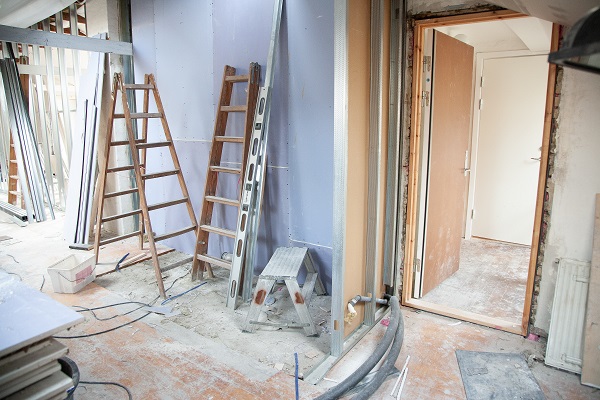Home renovations can be performed for a specific purpose (like accommodating a growing family), or simply on a whim. Either way, you want to know you are getting the best possible return on your investment.
This is where your choice of funding options can make all the difference. Home improvement projects can be financed in a number of ways, but which of the options available is most cost-effective?

1. Use Your Savings
By far, the most affordable funding option for any type of project is to use your own savings. This way, you can avoid all borrowing costs entirely, and there are no subsequent monthly repayments to make.
However, wiping out your savings in their entirety is rarely advisable. Likewise, saving up for years on end to fund a time-critical renovation project is impractical. But if you do have more than enough set aside to cover the cost of your project, this is the most cost-effective option available.
2. Home Equity Loan
A home equity loan is essentially a secured loan, which works in a similar way to a ‘mini’ mortgage. The lender issues the funds you need, secured against the equity you have in your home. The amount of equity you have will determine how much you can borrow, after which the facility is repaid in a series of monthly installments.
Home equity loans are low-risk products for lenders, and can therefore be issued at a highly competitive rate of interest. If you are eligible for a secured home improvement loan, it could be a more cost-effective option than an unsecured personal loan.
3. Bridging Finance
If your goal is to add value to your property before putting it on the market, a bridging loan can be just the thing. Bridging finance is a short-term facility, designed to ‘bridge’ temporary financial gaps.
The loan is issued against your home in the same way as a mortgage, but with bridging finance is designed to be repaid within no more than a few months. A bridging loan can be organised in a matter of days, and can attach an interest rate as low as 0.5%.
Where funds are needed fast and for a strictly finite period, bridging finance is often unbeatable.
4. Unsecured Personal Loans
Last up, an unsecured personal loan can also be organised, up to a maximum of around £10,000 or £15,000. Interest rates are competitive and borrowing costs are low, but not quite as low as those of a comparable secured loan.
No security (collateral) is needed to qualify for an unsecured personal loan, which is issued purely on the basis of merit. However, qualifying for a personal loan, even a low-value loan of £1,000, is practically impossible without a good credit score and proof of income.
Unsecured loans for poor-credit applicants are few and far between, but specialist secured loans for subprime applicants are much easier to come by.
If in doubt, consult with an independent broker for advice and suggestions on the most cost-effective way to fund your next home improvement project.

